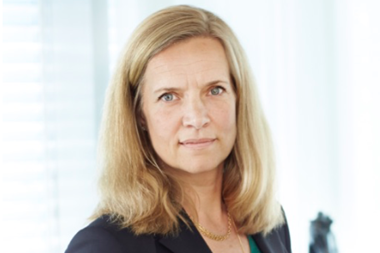Sweden’s default provider in the premium pension system (PPM) AP7 has beaten the average return of non-state premium pension providers in 2016 with a 13.9% on its Såfa balanced fund, against a 9.5% return on average from the other providers.
In its report on the PPM for 2016, the Swedish Pensions Agency (Pensionsmyndigheten) described 2016 as a good year for the system in its entirety, although it said performance at a handful of non-state funds had been “doubtful”.
The PPM is the funded part of the Swedish state pension that allows pension savers to make their own investment choices, investing their contributions either in products from a wide marketplace of private sector investment fund providers, or with state pension fund AP7 in its default Såfa option.
For pension savers who opted for some kind of management service from their marketplace provider, the return in 2016 was 6.5%, the agency said.
Historically, it said, AP7’s Såfa had been “a very good option”, with the balanced fund having returned an annual 9.6% on average since inception in 2000, while the corresponding return for pension savers with their own portfolio had been 6.5% over the same period.
Some 48% of premium pension savers had their money in AP7’s Såfa at the end of 2016, and this capital amounted to 30% of the entire fund capital contained in the PPM, according to the report.
Sustainable investments featured more heavily in the PPM as a whole last year than the year before, the agency reported, with a rising proportion of capital in unit-linked funds meeting the SWESIF (Swedish Forum for Sustainable Investments) criteria.
The proportion of capital grew to 65% in 2016 from 57% in 2015, according to the report.
Bengt Norrby, statistical director of the Swedish Pensions Agency, said: “This increase is mainly due to the fact that a number of funds with a lot of capital now meet SWESIF’s requirements for sustainable investments.”
At the end of last year, 7.2m individuals participated in the PPM, including 5.8m pension savers and 1.4m pensioners, the agency said.
Total assets under management in the system rose to SEK983.5bn (€101.7bn) at the end of last December, of which SEK960bn was in unit-linked insurance and SEK23.5bn in traditional insurance.










No comments yet